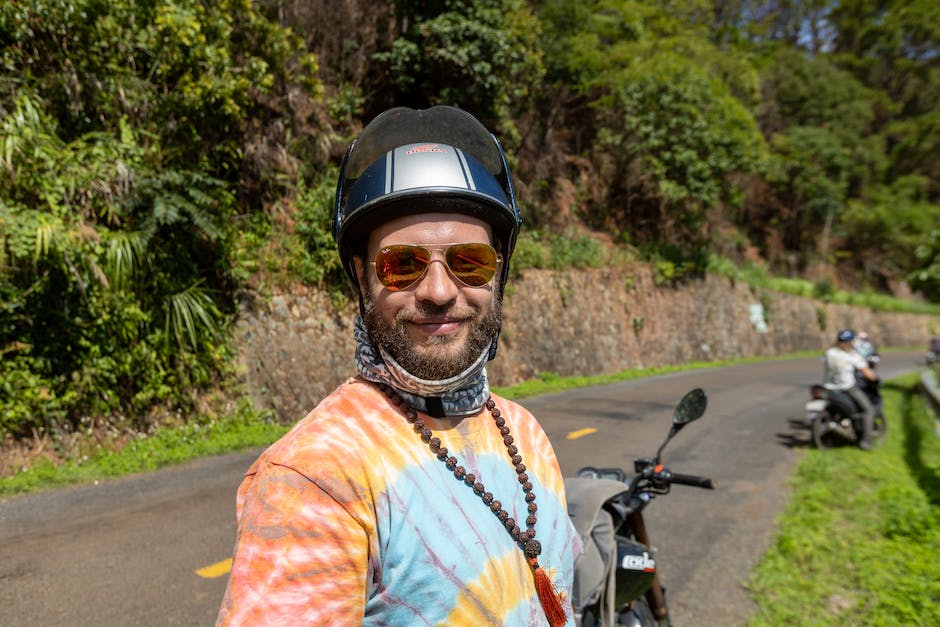The open road beckons as an invitation to adventure and exploration, but road trip planning can be a daunting task to many. From plotting your route to finding accommodations, estimating expenses, and preparing for unexpected situations, a successful road trip is built on meticulous planning. This presentation delves into essential features for road trip planning such as route mapping, accommodation finder, expense calculators, and more. It provides insights into how to efficiently utilize these features for developing a comprehensive itinerary and a well-calculated budget. As safety is paramount, the importance of emergency preparedness and grounding oneself with road safety features will also be addressed.
Understand and Choose Essential Road Trip Features
Understanding Essential Road Trip Planning Features
A successful road trip significantly depends on effective planning. By understanding the essential features like route mapping, accommodation finder, expense calculator, and vital checkpoint locator, you can significantly enhance your overall travel experience.
- Route Mapping is the first step in planning a road trip. It helps define the shortest or most scenic path between your start and endpoint, as well as any stops you would like to make along the way. Google Maps, iPhone Maps, and Waze are widely used for this purpose. Applications like Roadtrippers and Furkot also offer advanced mapping and trip planning tools, allowing you to save your routes and share them with others.
- Accommodation Finder is a must-have for long trips. Hotels.com, Booking.com, Airbnb, and Expedia have comprehensive databases of hotels, motels, and B&Bs, apt for different budget limitations. Additionally, apps like Campendium and iOverlander are perfect for locating campsites and RV parking spots.
- Expense Calculator could be useful for keeping track of money expenditure on food, fuel, and accommodation. There are apps, such as TrabeePocket and Splitwise, that help predict expenses before your trip and track them during your journey.
- Vital Checkpoint Locator is the best help to locate necessary stops like gas stations, restaurants, or rest areas during your trip. Waze and Google Maps not only provide directions but also can locate nearby amenities, while Yelp can help you find top-rated restaurants and attractions.
Choosing and Using Digital Platforms for Road Trip Planning
To choose the right digital platform for your next road trip, ensure that the chosen app has vital features like accommodation finder, route mapping, expense calculator, and checkpoint locator. Consider using an app like Roadtrippers, which not only maps your route but also helps locate attractions along your path, finds accommodations, and even calculates fuel costs.
To use these applications, start by entering your road trip details like start and end points, the duration of your journey, and budget. The app will then provide a detailed travel plan highlighting recommended routes, attractions, checkpoints, and accommodations.
Remember that the purpose of these features is not to rigidly define your trip but to make road trip planning more manageable. The final decision on the route, stops, and lodgings should cater to your preference and flexibility.

Develop Itinerary and Budget Planning
Developing an Itinerary
To begin developing your road trip itinerary, first identify the key features of your road trip planning tool. These features might include mapping, pinpointing attractions, estimating drive time between stops, and suggesting accommodations. Determine the start and end point of your journey, as well as any must-see destinations or events along the way.
Next, explore the mapping feature to see possible routes. This feature will help you estimate the drive time between stops and can be critical when balancing travel and sightseeing time. Make sure to also schedule rest periods — consider incorporating these into meal breaks to maximize efficiency.
When planning your daily itinerary, consider the distance to be traveled and the points of interest (POIs) you want to visit. Aim to spend no more than six to eight hours per day on the road to leave ample time for sightseeing and rest. Use your road trip planning tool to find POIs grouped close together to minimize travel time.
Budget Planning
In parallel with itinerary planning, start developing your trip budget. Begin by allocating funds to four main categories: gas, food, accommodation, and miscellaneous expenses.
Gas expense can be estimated using your vehicle’s average fuel economy and the estimated trip distance from your road trip planning tool. For food, plan to spend an average of $10-$15 per meal per person and don’t forget to account for snacks and beverages.
When it comes to accommodation, the location and comfort level can greatly affect costs. Your road trip planning tool may have features to find accommodations within your budget and could offer reviews from other travelers.
Remember to set aside money for miscellaneous expenses. These could include admission fees for attractions, tolls, parking, and unexpected repairs.
Your road trip planning tool may also have an expense tracking feature. Use this to input your estimated costs for the different categories. As your plans solidify, update the costs to reflect actual prices. This not only ensures you stay within budget, but it can also help inform decisions on which attractions to visit or where to stay.
Finally, always have a contingency budget—roughly 10-20% of your total budget—for unforeseen circumstances.
To ensure a smooth and enjoyable road trip, regularly review and update both your itinerary and budget as you make your way through your journey. Outlining your roadmap and monitoring your expenses would help you manage your resources effectively, ultimately letting you enjoy your epic road trip.

Emergency Preparedness and Road Safety
Emergency Preparedness for Your Road Trip
Planning for potential emergencies during your road trip is crucial, as it helps ensure the safety and well-being of both the driver and the passengers. From unexpected breakdowns to health-related emergencies, a variety of unexpected situations can occur during a road trip. To counteract such situations, it is valuable to know the locations of nearby hospitals, repair shops, and relevant service centers. Most modern GPS systems, as well as smartphone applications like Google Maps and Waze, have features that enable users to locate these facilities. You can always make use of these functionalities to locate the nearest services that might be of help in case of an emergency.
Ensure Road Safety through Technology
Ensuring road safety is one of the most important aspects of planning a road trip. Familiarize yourself with the traffic rules and regulations of the areas you will be traveling through. To facilitate adherence to traffic rules, many modern car models and smartphone applications provide features such as GPS-enabled speed warnings. These features monitor your current speed and provide an alert if you are speeding, aiding in the avoidance of speed-related accidents.
Managing Driver Fatigue and Distracted Driving
Many road accidents are caused by driver fatigue or sleepiness, especially during long road trips. To manage this, it is important to take regular breaks. Some smartphone applications and car models provide alerts reminding you to take breaks after a certain amount of time on the road, which could prove extremely useful.
Locating Nearby Services
Another helpful feature to consider when preparing for a road trip is the ability to locate nearby service stations, gas stations, and other basic amenities. Being aware of the nearest gas station can save a lot of time and stress during a long journey. Google Maps, Apple Maps, and similar apps usually provide this feature and can even provide real-time updates on gas prices.
Lastly, always carry a well-stocked emergency kit that includes first aid supplies, tools for basic car repairs like changing a tire, non-perishable food, bottled water, and blankets. This, coupled with being well-informed about your car’s health and the route you are taking, can make for a safer and more pleasant road trip.
Remember, your actions while driving play a big role in road safety. Always adhere to road safety regulations and stay alert while at the wheel.

Photo by clarissemeyer on Unsplash
Having navigated through the essential road trip planning features, effective itinerary development, budget allocation, and the pivotal role of emergency preparedness and road safety, it becomes clear that savvy planning paves the way for a seamless journey. These tools not only provide the roadmap to your adventure but also ensure you are ready for any eventualities. They serve to inculcate a sense of security, enabling you to focus on soaking up the experiences and creating lasting memories. As Robert Louis Stevenson once remarked, “For my part, I travel not to go anywhere but to go. The great affair is to move.”
Transform your website with Writio, the revolutionary AI content writer. Written by Writio, your ultimate writing companion for captivating blog posts and articles.
